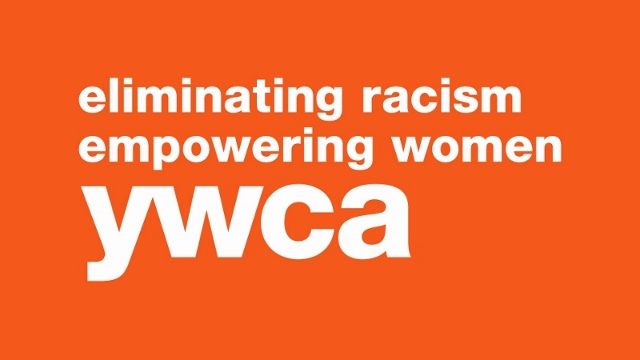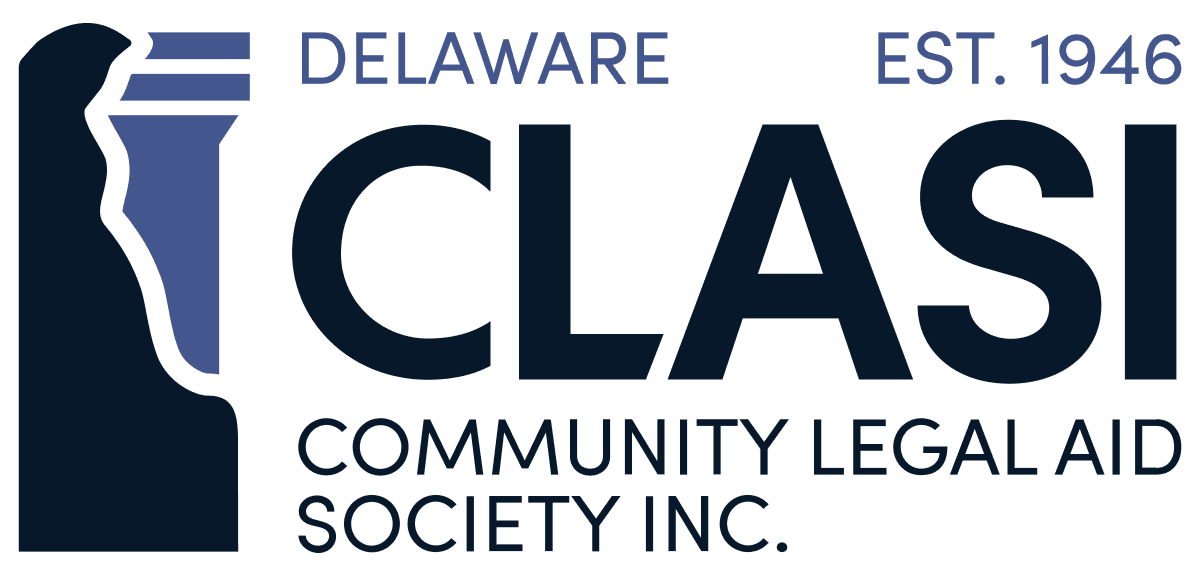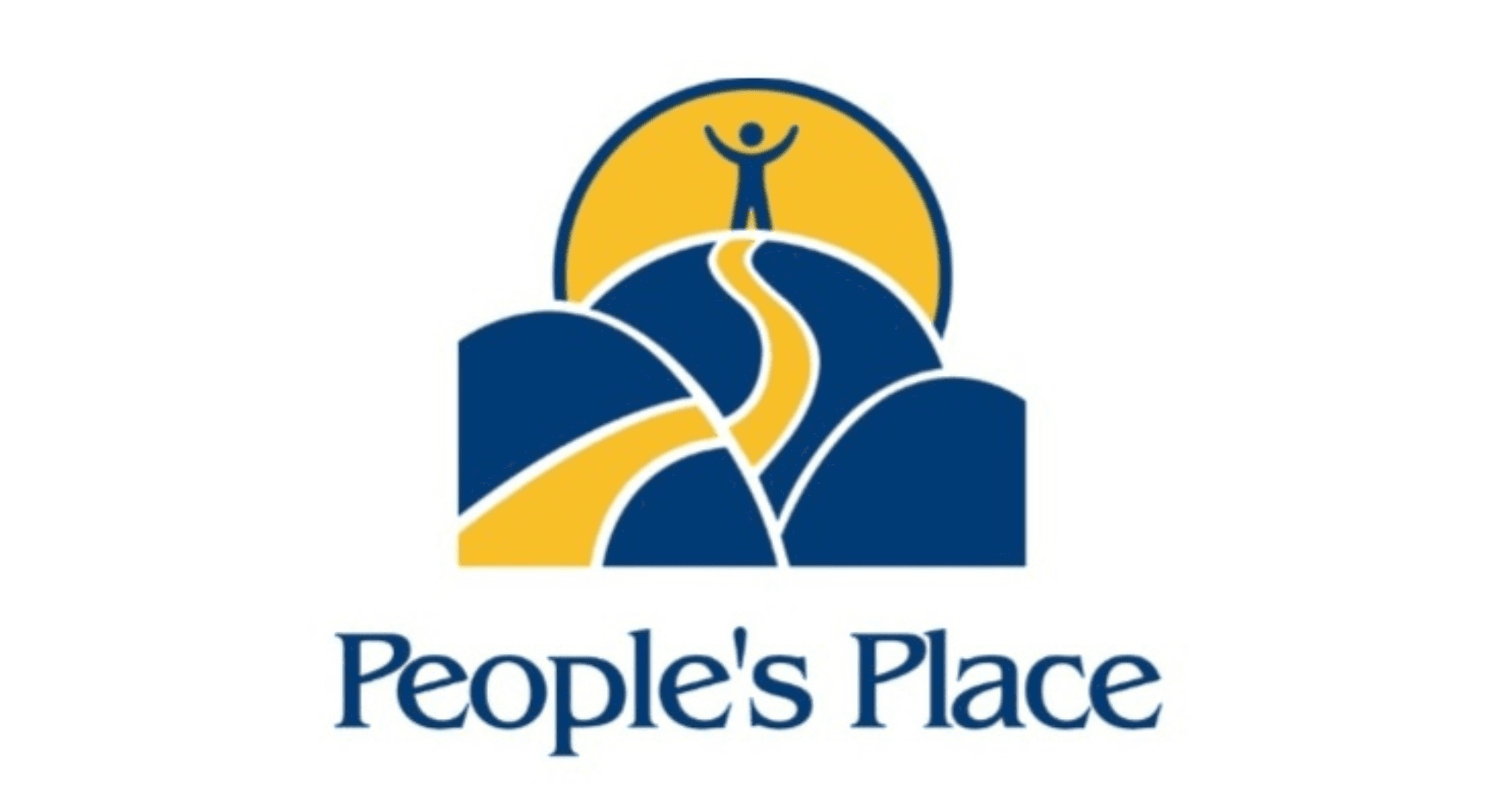LGBTQIA+ Intimate Partner Violence and Systemic Oppression: Are We Doing Enough?
Noah J. Duckett, MSW, Clinical Social Worker
June 2020
Each June, Pride Month gives space for the LGBTQIA+ community to celebrate their identities, grieve their losses, and remember their history. Through the parades and festivals, candle-lit vigils, and increased awareness and celebration of queer identities, Pride Month should also serve as a reminder to more closely examine the continued needs of the LGBTQIA+ community. Despite landmark decisions surrounding marriage, anti-discrimination laws, and bans on unethical practices such as conversation therapy, large gaps remain in legal protections and community resources for many Queer and Trans individuals, particularly individuals of color. Sexual and physical violence, discrimination, and being outed continue to enforce justified anxiety and fear. Fears typically surround aggression from a stranger or discrimination from a potential employer or coworker, but violence can often come from the hands of those closest to us, such as a romantic or sexual partner. Compounded by a myriad of shortcomings, Intimate Partner Violence (IPV) continues to impact the LGBTQIA+ community.
What We Know: Rates of IPV Among LGBQ Individuals
According to the CDC’s 2010 National Intimate Partner and Sexual Violence Survey:
- 43.8% of lesbian women and 61.1% of bisexual women reported having experienced Intimate Partner Violence (physical violence, verbal and emotional violence, sexual violence, and stalking) in their lifetime, compared to 35% of heterosexual women.
- 26% of gay men and 37.3% of bisexual men reported having experienced IPV in their lifetime, compared to 29% of heterosexual men.
Regardless of sexuality, there are varied rates of reported IPV among different racial groups.
- For female-identified respondents, 53.8% of multi-racial women, 46% of Native American or Alaskan Native women, 43.7% of Black women, 37.1% of Hispanic women, 34.6% of White women, and 19.6% of Asian or Pacific Islander women reported having experienced IPV within their lifetime.
- For male-identified respondents, 45.3% of Native American or Alaskan Native men, 39.3% of multi-racial men, 38.6% of Black men, 28.2% of White men, and 26.6% of Hispanic men reported having experienced IPV within their lifetime, with no data reported among Asian or Pacific Islander men.
What We Know: Rates of IPV Among Transgender Individuals
While there is significantly less data focusing on Intimate Partner Violence within the transgender community, the National Center for Transgender Equality’s 2015 U.S. Transgender Survey reported rates of sexual violence and physical harm, as well as emotional abuse and coercion among transgender individuals.
- 54% of total transgender respondents reported having experienced IPV within their lifetime. Rates were significantly higher among transgender individuals who have engaged in sex work (77%), have experienced homelessness or housing insecurity (72%), or are disabled (61%.)
- In gathering data around intimidation, emotional abuse, coercion, and financial abuse, 44% of respondents reported similar experiences, including being kept from seeing family or friends (23%), or being stalked by an intimate partner (16%).
- 27% of respondents reported having experienced emotional abuse specifically related to their gender identity, including being told that they were not a “real” man or woman (25%), having a partner threatening to out them to others (11%), or being prevented from accessing Hormone Replacement Therapy or other gender-affirming medical care (3%).
- 42% of respondents reported having experienced physical or sexual violence at the hands of a partner within their lifetimes.
- Much like data among cisgender individuals, transgender respondents shared varied experiences with IPV among different racial groups. 73% of American Indian individuals, 62% of multi-racial and Middle Eastern individuals, 56% of Black individuals, 54% of Hispanic and White individuals, and 43% of Asian individuals reported having experienced IPV within their lifetime.
Barriers to Resources
Although the data is growing, the risks around Intimate Partner Violence that the LGBTQIA+ community faces are evident. As important as it is to increase awareness of higher than average rates of violence, it is equally important to understand some of the unique barriers to resources and safety that this community faces.
While many states and agencies have comprehensive victim’s services programs, these services are often unable to be accessed without a police report. Furthermore, police contact and court proceedings present additional challenges. Undocumented individuals often experience anxiety with police interactions due to their immigration status. Sex workers experience anxiety due to being under the constant threat of arrest. Police brutality and lack of trauma-informed trainings coupled with the retraumatization of repeating their experiences with IPV can deter survivors from seeking vital assistance.
Some programs or resources typically available to survivors of Intimate Partner Violence may not be as easily accessible to the LGBTQIA+ community due to lack of legal protections and bias from program staff. Emergency and long term shelters are sometimes associated with religious organizations, and many of them have policies (either explicit or unspoken) barring LGBTQIA+ individuals from staying in them. Transgender survivors face additional discrimination when trying to access shelters, and are often turned away or forced to stay in a gendered shelter that they do not feel safe in. Recent rollbacks of transgender-focused healthcare protections take away any guarantees that transgender survivors will be respected and cared for when seeking medical intervention after an experience with Intimate Partner Violence. Additionally, lack of insurance coverage for LGBTQIA+ individuals who are yet to be documented or are unemployed makes healthcare and most mental health treatment inaccessible.
It is also important to remember that seeking services often requires a significant level of self-disclosure. Shame and embarrassment around experiences with IPV and hesitation in reporting due to cultural norms and expectations can prevent a survivor from connecting to resources. Lack of sensitivity and comprehensive understanding from staff members serving in these programs can cause an attempted connection to feel unsafe and unsustainable. Being outed as LGBTQIA+, especially as transgender, can put survivors at risk of losing their housing, employment, and social and professional connections. These barriers often leave survivors feeling unsafe and unseen throughout the process of navigating current systems that are designed to help but are not designed to recognize their needs.
What We Can Do
After reviewing the data to better understand the barriers to systems we previously believed to be accessible, there is more clarity in how best to move forward in making positive change and increasing supports available for LGBTQIA survivors of Intimate Partner Violence.
1) Listen!
No one knows what is best for their needs better than the individuals of the community that you are intending to serve. Listen when LGBTQIA+ survivors share their experiences, even when it is painful, and even if your work within the system is part of the problem. Take the lead from survivors on how best to create positive and sustainable change.
2) Advocate for policy change and structural reform
Listen, learn, and now begin to put those lessons into practice. Write to your local representatives and contact agencies that either currently do work, or have the ability to do work around Intimate Partner Violence. Ask questions about their practices and policies as they relate to serving the LGBTQIA+ community. Are these resources and services accessible to those who do not speak English, who do not have insurance, who are not documented, who are differently abled, who have a legal history? If they are not, how can we make sure that they are? If you are currently in a position that includes this work, look at your own agency’s practices and policies, and bring in community members to lead conversations around best practices moving forward.
3) Continue the conversation to end the stigma
Above all, keep listening and sharing what you have learned. Intimate Partner Violence thrives on shame and secrecy -- it counts on survivors being unable to access resources and it counts on silence. Continue advocating, continue listening and working to understanding, and continue working towards creating safety and change.
Local and National Resources
National Domestic Violence Hotline
- https://www.thehotline.org/
- 1-800-799-7233
FORGE National Transgender Anti-Violence Organization
- https://forge-forward.org/
- 1-414-449-2123
The Network/La Red
- http://tnlr.org/en/
- 1-800-832-1901
Sources
CDC’s 2010 National Intimate Partner and Sexual Violence Survey:
- www.cdc.gov/violenceprevention/pdf/cdc_nisvs_ipv_report_2013_v17_single_a.pdf
National Center for Transgender Equality’s 2015 U.S. Transgender Survey
- https://transequality.org/sites/default/files/docs/usts/USTS-Full-Report-Dec17.pdf




